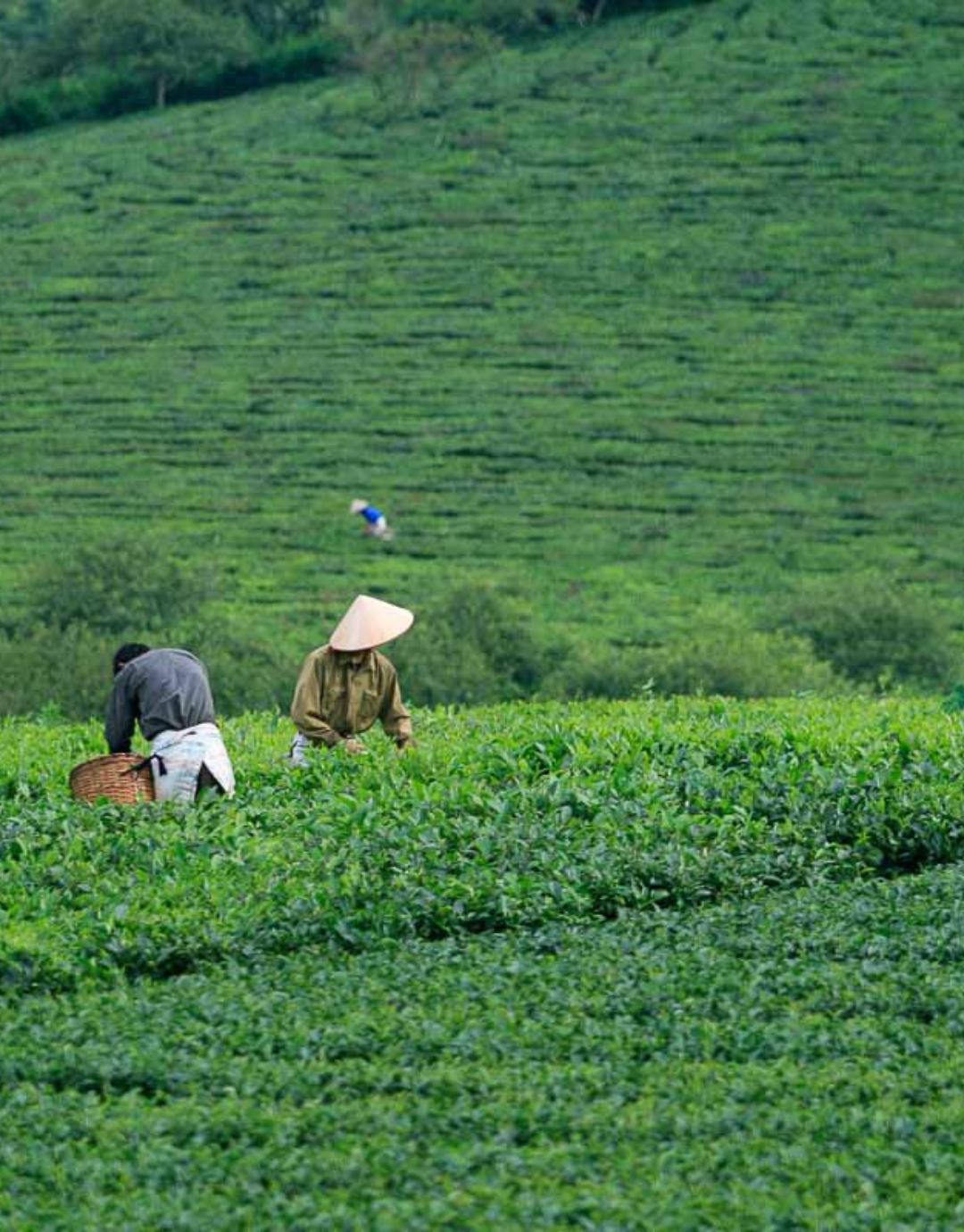The history of Persiana food
Persiana is today a word synonymous with culinary style and today it stands for Persian cooking that's easy and filled with flavours ! and is of course all about the tastes found in the Middle East , along the Silk Road, and as far as China and Japan. Persian is one of the oldest civilisations on the planet. Although its borders have changed throughout history, at one stage around 2500 years ago the Persiana region stretched from Egypt, Greece and Turkey. Persiana's geographical position therefore has changed over time and so Persiana's cooking takes in many different influences , which include Asian, Russian, Armenian, and Greek.
The Versatility of Persiana food
Persiana food is brilliant for gluten-free diets, vegetarians and vegans. While there is an emphasis on meat, there is an equal amount of attention paid on delicious vegetable dishes accompanied by nuts, fruit and rice. However, herbs and spices are the backbone of Persiana cuisine and give incredible and distinct flavours to this style of cooking.
Is Persiana Food Spicy?
Persiana spices are used to give warmth and flavour to a meal, rather than heat, which makes this food ideal for anyone sensitive to chilli.
If you’re planning a Persiana-style dinner party, you have to start with a good spice collection. With most spices, we recommend grinding them in the kitchen, rather than buying them already ground. Spices provide more punch and fragrance when you grind them at home, so it’s a good idea to invest in a good quality spice blender or pestle and mortar.
The most popular Persiana spices
While there are many spices to be enjoyed in Persiana cooking, the following are some of the most popular:
Saffron
Despite being expensive, a tiny bit of saffron goes a long way. This spice comes from the stigma of the crocus flower, where 150,000 flowers are used to make up one kilo of saffron. However, a tiny pot in the kitchen cupboard will last a while, and a minute pinch gives a delicately fragrant taste to cooking as well as lending an orange/yellow colour to food.
What does Dried Lime Taste Like?
Add dried limes to stews for a smoky sour taste, dried limes can be used whole or crushed. Lime powder gives a far stronger taste and is a great way of cutting through the richness of a lot of Persiana one-pot cooking.
What Is Persiana Sumac?
Sumac is a pungent spice which combines flavours of citrus and saltiness to give a really moreish taste. The spice comes from the ground-up fruit of the sumac plant which grows in the Middle East and Asia. Persiana cookery uses sumac where lemon juice would normally be used – so on meats, salads and soups. But is also a fantastic meat tenderiser as well as a garnish to hummus and other mezze dishes.
Using Ginger In Persiana Cooking:
While ginger is used throughout the whole of Asia, it’s a key part of Persiana cooking. Used dried, ginger loses it fresh fieriness and takes on a comforting warmth that permeates chicken, aubergine and lentil dishes
How To Use Cinnamon In Sweet & Savoury Dishes:
Cinnamon is used in puddings and also on meats in Persiana cooking. This spice can be fierce and brash but also mellow and floral depending on how it is used and how much of it is used. Cinnamon is one of the most versatile of all the spices.
Using Turmeric In Persiana Recipes:
Related to the ginger family, turmeric is the boiled, dried and ground up root of the curcuma longa. Aside from its incredible health benefits, turmeric is also used to give an earthiness and mustardy taste to dishes, as well as a bright yellow hue that can be used to colour rice and soups.
What are the key ingredients in Persiana food?
To achieve the classic Persiana flavors and dishes, there are a few key ingredients to have in your store cupboard.
Dried limes:
Dried limes add complex, citrus flavors to Persiana stews.
Barberries:
Dried barberries have many uses in Persiana recipes. They can be stirred through rice or added to salads. The taste is very sour.
Sumac
Sumac brings a lemony tang to Persiana dishes, whether that’s sprinkling it on salads, using to season aubergine-based side dishes or stirred through rice.
Pomegranate molasses:
Pomegranate molasses has a fruity sweetness that's countered by a sharp tart flavour. The treacle-like syrup can be used to make a vinaigrette, or drizzled over roasted aubergine.
Basmati rice:
Basmati rice is hugely important, and the higher the quality the better. It is the staple of Persiana cuisine and is at the centre of every meal.
Pistachio slivers:
Pistachio slivers are commonly used in rice dishes and sweets. In Iran, we would never use pistachios with their skin on because they are not the nuts we produce, and we’re very proud of the hand-cut, pistachios we do make. It’s an artisan craft to create them.
Rose water:
In Persiana cooking, the rose water isn’t made with alcohol , so that’s an important thing to look out for. You want to make sure the rose water is delicate and very aromatic. The measurements for rose water in the recipes are intended for the really pure, floral rose waters.
Dried fruit and nuts :
The use of dried fruit and nuts originated in Persiana cooking, and has influenced the tagines of North Africa, and biryanis of India. Using dried fruits adds sweet flavouring and is frequently used to jewel rice or added to stews.
Persiana spice blends:
If you’re getting into Persiana cooking, it’s also important to be familiar with the spice blends. These blends are unique to this type of cuisine and give Persiana dishes their distinctive flavour. These Persiaan spice mixes can be bought off the shelf or can just as easily be concocted at home.
What Is Za’atar?
Tthis is a popular spice mix containing thyme, sesame seeds, sumac, oregano, cumin and marjoram. It’s a key ingredient to so many Persiana dishes, from chicken to dips, eggs to cheese. A favourite family snack is to tear up some fresh bread, and dip the morsels into olive oil and a pile of za’atar.
What Is Advieh?
Like garam masala to Indian cooking and ras el-hanout in Moroccan cuisine, all Persiana kitchens will have advieh in their cupboards. A mixture of cinnamon, turmeric, ginger, cumin, caraway, coriander, cloves and cardamom. This blend is equally good on savoury meat dishes as it is on sweet Persiana rice puddings.
What is Baharat?
This spice mix is used across the Middle East, with each area having a little twist on the basic mix of paprika, nutmeg, pepper, coriander, cinnamon, cardamom, cloves, cumin. In Persiana cooking, dried black lime, or loomi, is often added to Baharat.

Other Persiana ingredients to look out for...
Aside from spices, a good Persiana kitchen cupboard will also have some essential staples which include dried limes, dried rose petals and a host of fresh green herbs which should include parsley, coriander, mint, tarragon, mint, dill and fenugreek.
Fruit is also integral to Persiana cooking with barberries, pomegranate, apricots, raisins, quince, prunes and plums all having a starring role in countless Persiana recipes.
What Is The Best Persian Food?
A lot of the best Persiana food is about sharing. Think wonderful mezze platters of dips and breads, and fragrant stews and bites to enjoy with a big group of friends and family. This Persiana Fesenjan Stew Recipe is a brilliant example of the depth of flavour in Persiana dips and stews.
Take a look at the Persiana Cookbook Set including Sabrina Ghayour’s book Persiana, or try our recipe for Persiana Love Cake.




